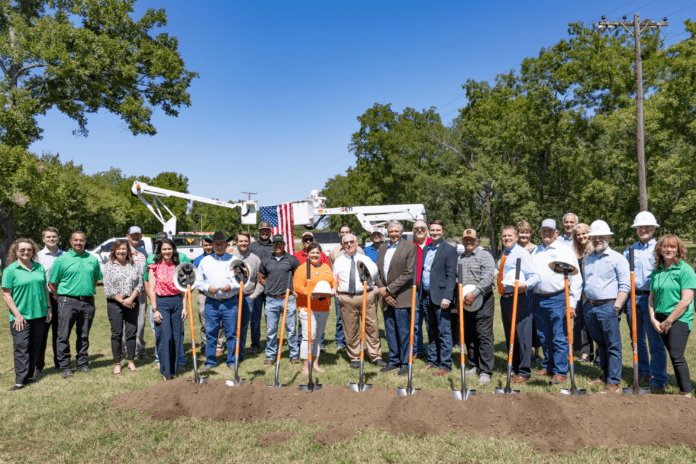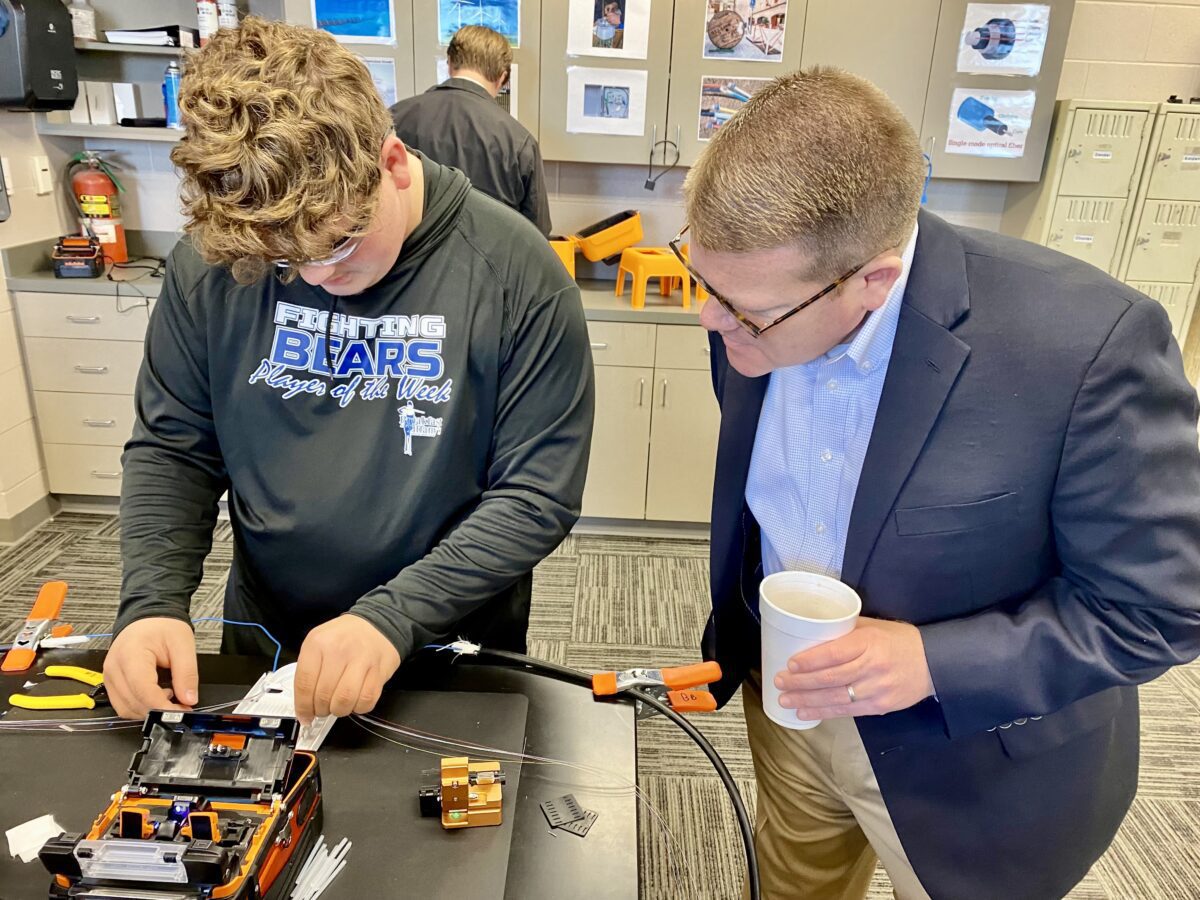
High-speed internet service is no longer a luxury — it has become almost as essential as electricity, clean water and transportation in living one’s everyday life in the U.S.
Luckily, Oklahoma will be provided with high-speed internet service through three grant programs administered by the Oklahoma Broadband Office. The programs will build out high-speed internet service to unserved and underserved areas throughout the state.
More than 69,000 locations — with the vast majority in rural Oklahoma — will be funded by American Rescue Plan Act (ARPA) State and Local Fiscal Recovery Funds and the ARPA Capital Projects Fund, covering 95% of the state.
The remaining five percent of locations in Oklahoma that still lack adequate service will be covered by the Broadband Equity, Access and Deployment (BEAD) program funding.
A mix of fiber, fixed wireless and satellite, where appropriate, will offer high-speed internet connections to Oklahomans, and the grant programs are planned to be completed by the end of 2026.
“Our grant programs are helping rural households, small towns, tribal communities and farms where high-speed access has previously been too expensive for private companies to reach,” says Mike Sanders, executive director of the Oklahoma Broadband Office.
Those living in rural Oklahoma will benefit the most from the efforts of the Oklahoma Broadband Office, which harbors a goal to ensure every home, business and farm in Oklahoma has access to broadband service.
Additionally, Oklahoma is home to 39 federally recognized tribal nations. For any BEAD project on tribal lands, Oklahoma’s Broadband Office must obtain and include a written tribal resolution of consent. The Broadband Office has been actively coordinating with tribal governments and collecting project-by-project consents as required.
“The biggest challenges revolve around the nature of rural areas — population density,” says Sanders. “When homes and businesses are few and far between, it’s difficult to connect them to service, and it is much more expensive.”

However, the Broadband Office ensures internet service providers receiving grant funds offer a low-cost option for those to be served. The providers were selected through a competitive applications process — the Benefit of the Bargain round, which focuses on the lowest cost technologies. This broadband project will build pathways to education, healthcare, jobs and opportunity to Oklahomans.
“You can run a million-dollar company, receive a college degree or have a doctor’s appointment from a laptop on your kitchen table, but you have to have access. That’s what we are doing — providing that access,” Sanders says.
In the education sector, high-speed broadband connection will enable families to access remote learning, homework assistance, virtual tutoring and dual-credit programs. On the healthcare side, connection will provide access to telehealth and connect rural patients with specialists, and support remote monitoring for seniors and veterans. On the job front, broadband will support access to online applications, remote work, business e-commerce and workforce upskilling.
“From precision agriculture to small-business growth and adult education, reliable internet is a force multiplier — it expands markets, cuts costs and creates choices for families and communities. Our investments are targeted so those benefits reach places that have been left behind,” Sanders says.
Progress can be tracked in real time on the OBO Broadband Dashboard available on the agency’s website, broadband.ok.gov.






















